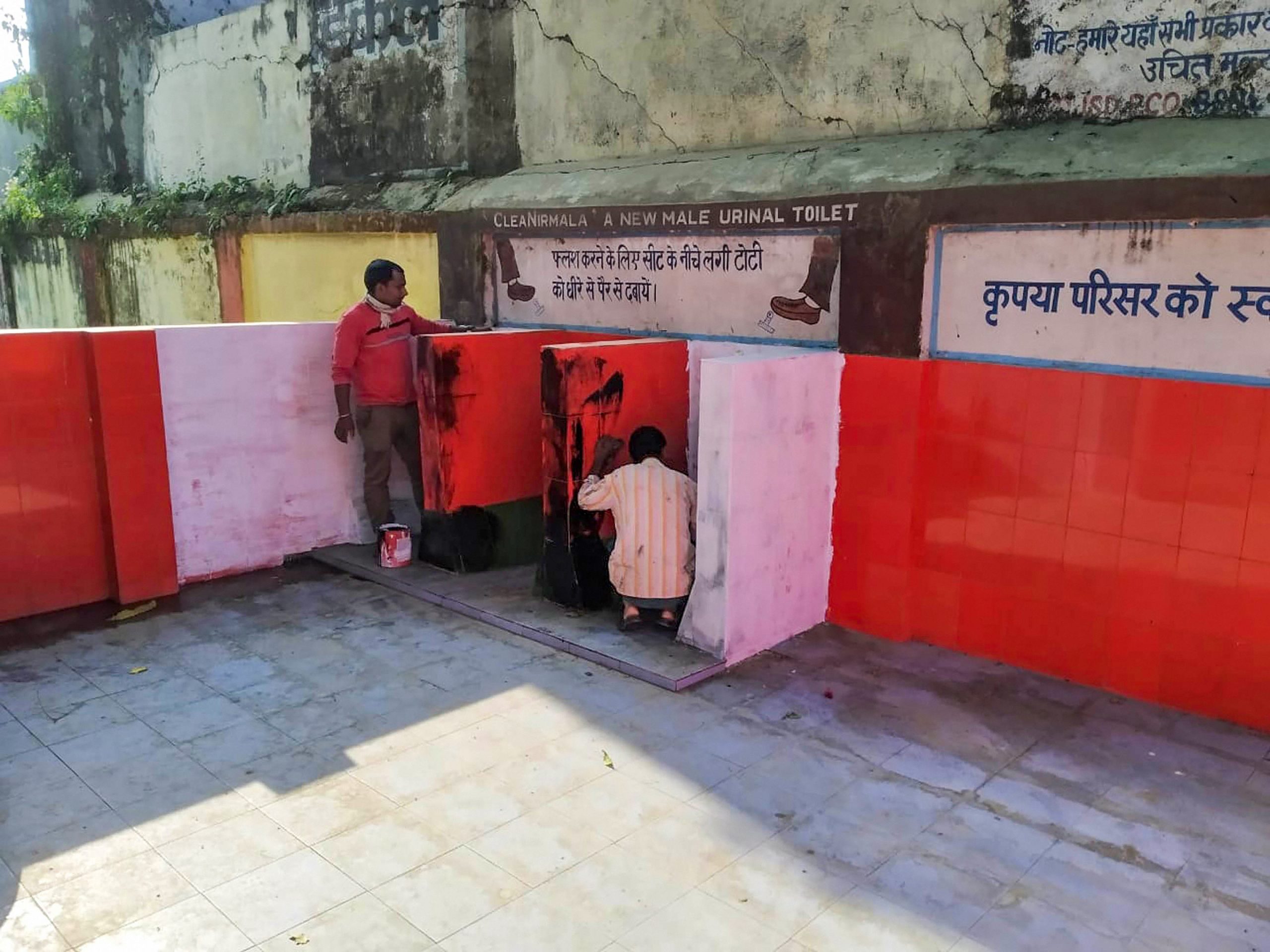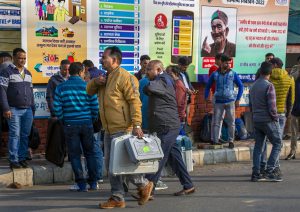Data from the fifth round of the National Family Health Survey found that 19% of households in the country still don’t have toilet facilities, countering the narrative that India is open defecation free.
The NFHS is one of the largest and most comprehensive surveys done in the country and is conducted by the Ministry of Health and Family Welfare in association with the Indian Institute of Population Science. The fifth round surveys 6,36,699 households looking at indicators across the board, from nutrition to asset ownership, domestic violence during pregnancy to methods and reasons for abortion.
While there has always been an urban-rural skew vis-à-vis toilet accessibility, the numbers for some states are shocking. Bihar had the lowest access at 62%, followed by Jharkhand (70%) and finally Odisha (71%).
Kerala and the Lakshadweep Islands fared the best regarding household access to basic sanitation facilities, standing at 98.7% and 99.8% respectively. On the other hand, states like Uttar Pradesh, Madhya Pradesh, Chhattisgarh, West Bengal, Assam, Odisha had less than 70% of households with similar access. Bihar stood at less than 50%.
It would be false to say that there has been no noticeable change in sanitation facilities. However, less than 80% of the states that come under the BIMARU (Bihar, Madhya Pradesh, Rajasthan, Uttar Pradesh) banner had these services when compared to the Southern states.
Amongst social groups, it was the lowest in the Scheduled Tribe (ST) and Scheduled Caste (SC) communities, with 58% of households not cleaning their water before consumption. Households that did not use soap and water but instead used ash, or sand to clean came at around 16%. More disappointingly, 26% of these households did not have any cleaning agents to wash their hands with. It’s worth pointing out that 71% of ST households and 49% of SC homes come under the lowest wealth quintiles.





